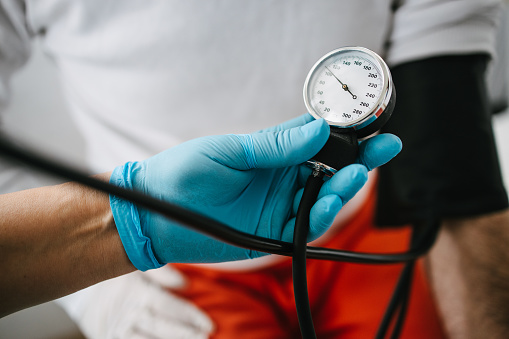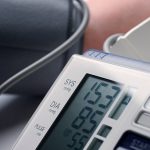The ONE organ responsible for high blood pressure.
High Diastolic Blood Pressure Should I Worry?

What does it mean if my diastolic blood pressure is high?
High diastolic pressure is linked to a higher risk of disease involving the large artery called the aorta that carries blood and oxygen from the heart to distant body parts. People with an elevated diastolic reading are more prone to develop an abdominal aortic aneurysm (ballooning in the lining of the aorta).
Should I worry if my diastolic is high?
If you don't have other health issues that increase your risk of cardiovascular problems, the situation you describe isolated diastolic hypertension isn't dangerous now. But it's not normal, either. People with elevated diastolic blood pressure often develop elevated systolic blood pressure over time.
A high diastolic reading (equal to or greater than 120 mmHg) is associated with an increased risk of stroke, heart attack, and other cardiovascular problems.
High diastolic pressure is linked to a higher risk of disease involving the large artery called the aorta that carries blood and oxygen from the heart to distant body parts. People with an elevated diastolic reading are more prone to develop an abdominal aortic aneurysm (ballooning in the lining of the aorta). The problem with such ballooning is that it ruptures and causes a high risk of death. Diastolic pressure is pressure that the blood column puts on the arteries between beats when the heart is relaxed.
What does it mean when the systolic number is high?
In practice, systolic blood pressure (equal to or more than 160 mmHg) should be regarded as more important than diastolic blood pressure. Systolic blood pressure is the force generated on the inside of the blood vessels called the arteries when the heart contracts. According to a recent study, having a high systolic reading increased the risk of heart attacks and heart disease.
Systolic blood pressure is linked not only with heart disease and heart failure but also with kidney disease and overall mortality. Research favored high systolic readings as most predictive of a harmful cardiovascular outcome. As a result, these readings were given more weightage in cardiology guidelines and risk estimation.
How is blood pressure measured?
Blood pressure is the force exerted by the blood column against the walls of arteries, which function to carry blood to different parts of the body.
Blood pressure is measured in the following two variables:
- Systolic (the number on top): The pressure produced when the heart pumps blood all through the body.
- Diastolic (the number at the base): The pressure produced when the heart relaxes and refills with blood.
- Healthy blood pressure is less than 120/80 mmHg.
- Pre-hypertension is 120/80-139/89 mmHg.
- Hypertension is higher than 140/90 mmHg.
- Blood pressure readings above 180/120 are dangerously high and require immediate medical attention.









